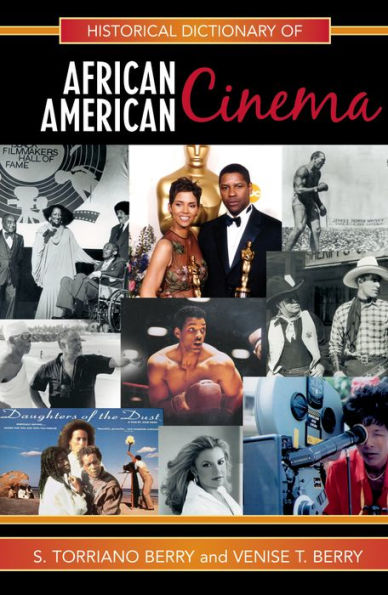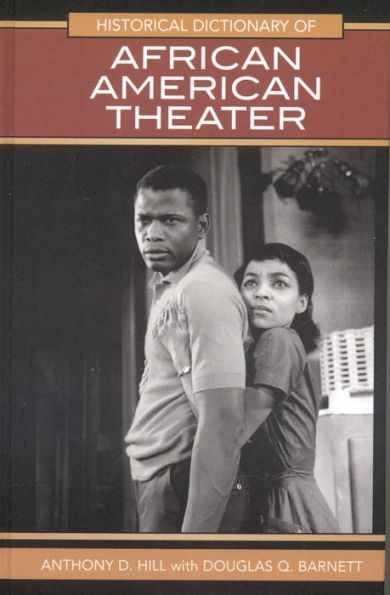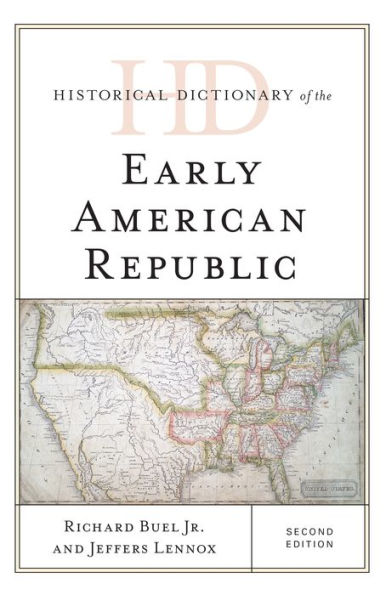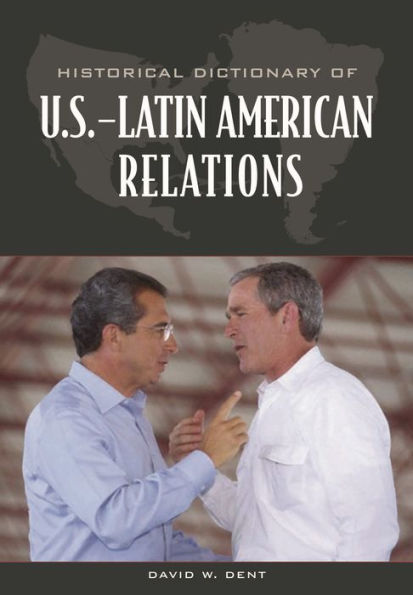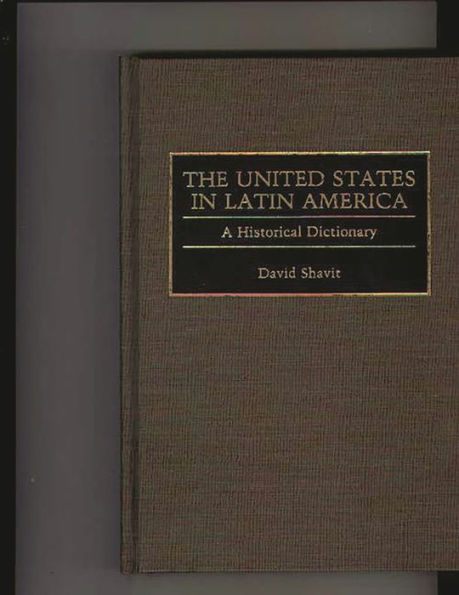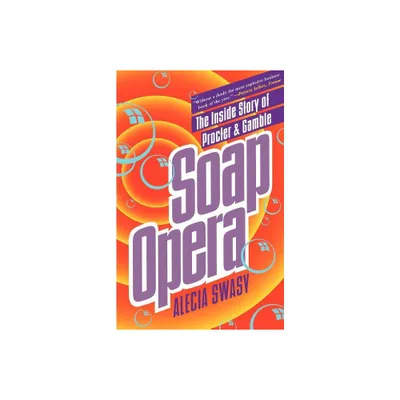Home
Historical Dictionary of American Radio Soap Operas
Loading Inventory...
Barnes and Noble
Historical Dictionary of American Radio Soap Operas
Current price: $132.00
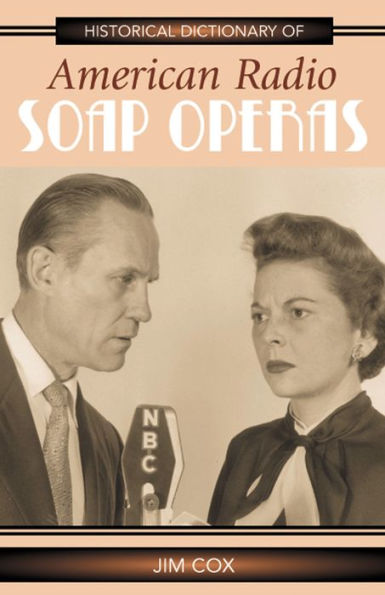

Barnes and Noble
Historical Dictionary of American Radio Soap Operas
Current price: $132.00
Loading Inventory...
Size: Hardcover
*Product Information may vary - to confirm product availability, pricing, and additional information please contact Barnes and Noble
The period from 1925 to 1960 was the heyday of the American Radio Soap Opera. In addition to being part of popular culture, the soap opera had important commercial aspects as well that were not only related to their production, but also to the desperate need to sell products or perish. Both sides of this story are traced in this comprehensive compendium. The dictionary section, made up of more than 500 cross-referenced entries, provides brief vignettes of the more popular and also less well-known "soaps," among them
Back Stage Wife
,
Our Gal Sunday
Pepper Young's Family
and
The Guiding Light
. Other entries evoke those who brought these programs to life: the actors, announcers, scriptwriters, networks, and even the sponsors. Nor are the basic themes, the stock characters and the gimmick, forgotten. The book's introduction defines the soap opera, examines the span of the radio serial, reviews its origins and its demise, and focuses on the character types that made up its denizens. The chronology outlines the period and the bibliography offers further reading. Together, these elements make a comprehensive reference work that researchers will find invaluable long into the future.
Back Stage Wife
,
Our Gal Sunday
Pepper Young's Family
and
The Guiding Light
. Other entries evoke those who brought these programs to life: the actors, announcers, scriptwriters, networks, and even the sponsors. Nor are the basic themes, the stock characters and the gimmick, forgotten. The book's introduction defines the soap opera, examines the span of the radio serial, reviews its origins and its demise, and focuses on the character types that made up its denizens. The chronology outlines the period and the bibliography offers further reading. Together, these elements make a comprehensive reference work that researchers will find invaluable long into the future.




